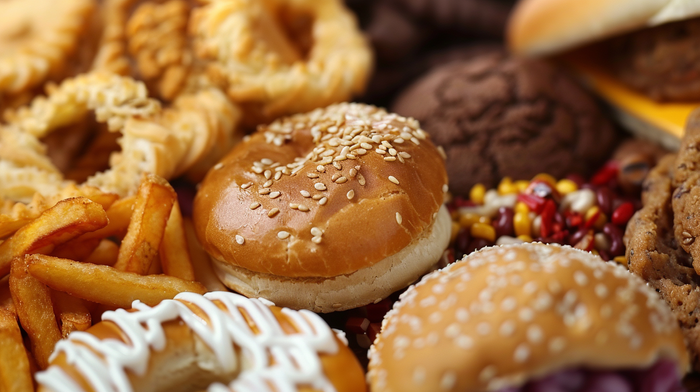Trans fats: why are they harmful and how to avoid them in the diet?

Introduction to trans fats
Trans fats, also known as trans unsaturated fats, are a type of fat found in many processed foods. Their presence in the human diet has become the subject of intense research due to their negative effects on health. In recent years, attention has been drawn to the need to reduce the intake of these fats in order to prevent various health problems. In this article, we will take a closer look at why trans fats are harmful and how they can be avoided in the diet.
Why are trans fats harmful?
Trans fats have a proven negative impact on heart health, contributing to an increase in bad cholesterol (LDL) while lowering good cholesterol (HDL). This, in turn, increases the risk of developing cardiovascular diseases such as heart attack and stroke. In addition, trans fats can contribute to the development of type 2 diabetes, inflammation and other serious health problems.
Where are trans fats found?
Trans fats occur naturally in small amounts in some animal products, such as meat and milk. However, most of the trans fats in the diet come from processed foods, where they are created through the process of hydrogenation. This process involves adding hydrogen to vegetable oils, which changes their structure and makes them more stable and have a longer shelf life. Trans fats are found in products such as cookies, crackers, French fries, some types of margarine and fast food.
How to avoid trans fats in the diet?
Avoiding trans fats requires a conscious approach to food choices. Here are some practical tips to help reduce their presence in your diet:
- Read product labels and avoid those that contain hydrogenated or partially hydrogenated fats.
- Choose products containing unsaturated fats, such as olive oil, flaxseed oil and nut oil.
- Limit your intake of fast food and processed snacks, which are common sources of trans fats.
- Cook your meals at home using fresh ingredients, allowing you to have more control over what you eat.
- Pay attention to the nutritional information on packages and choose products with lower trans fats.
The importance of reading labels
Reading food labels is a key part of avoiding trans fats. Manufacturers are required to include information about trans fats on labels, making it easier to make informed choices. Look for information about hydrogenated and partially hydrogenated fats - their presence indicates that a product contains trans fats. By choosing products without these ingredients, you can significantly reduce the risk of negative effects of trans fats on your health.

Summary
Trans fats are present in many processed foods and can have harmful effects on health. Limiting their consumption is an important step toward maintaining good health and preventing disease. Reading labels, avoiding processed foods rich in these fats and preparing meals at home are effective strategies to help you avoid trans fats. Remember that a conscious approach to food choices is the key to a healthy diet.




